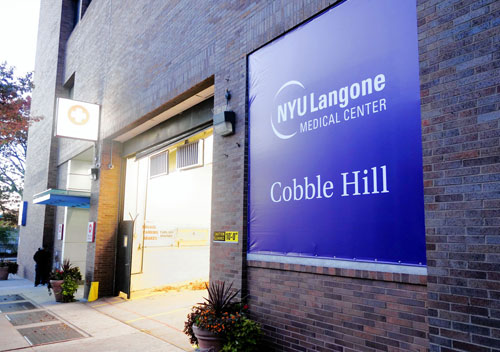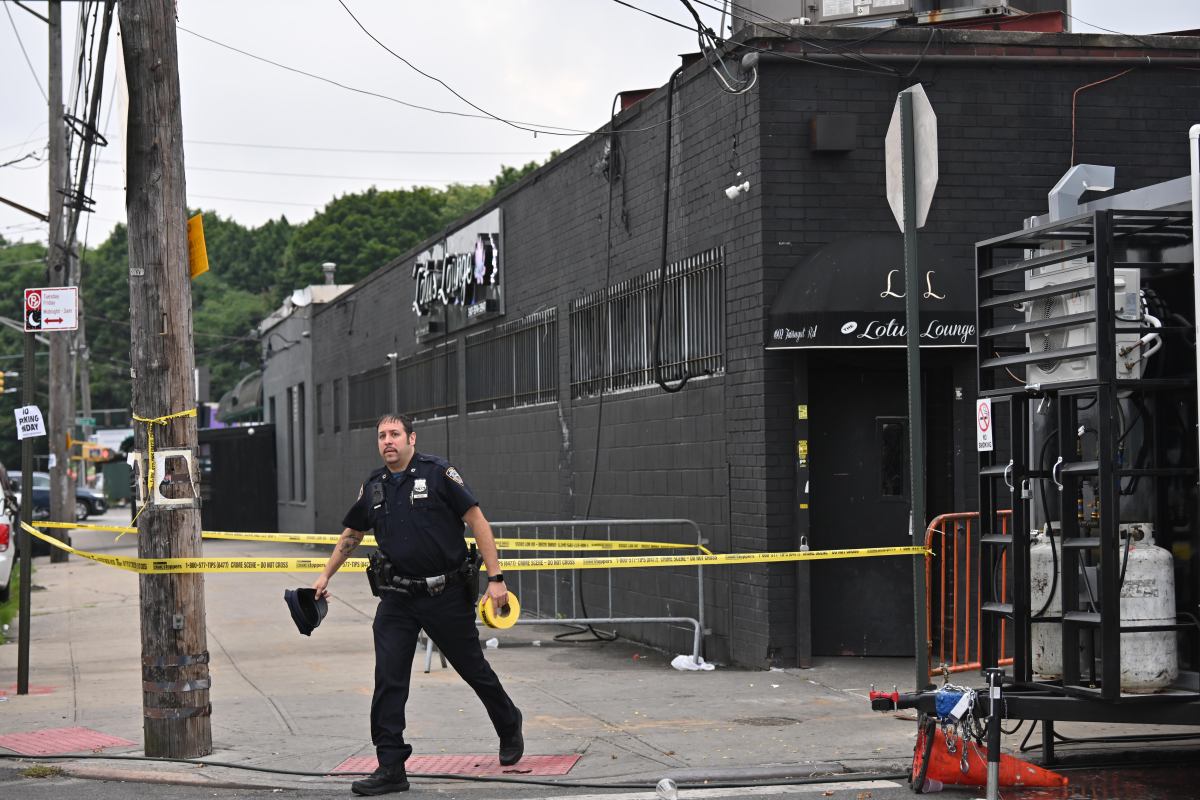The new medical facility taking shape where Long Island College Hospital once operated is better than nothing.
So says a healthcare expert who we asked to respond to New York University’s plan, obtained exclusively by The Brooklyn Courier, for a freestanding emergency department on the Cobble Hill medical campus, most of which is set to become luxury housing. Still, the proposed emergency facility is no replacement for a full-service hospital, the expert said.
“It sounds like pretty good access to emergency care,” said Laura Burke, an emergency medicine instructor at the Harvard Medical School-affiliated Beth Israel Deaconess Medical Center in Boston. “But obviously the loss of a hospital is never a good thing.”
Freestanding emergency departments are increasingly common around the country, especially in Southern cities, said Burke, who has written extensively about the model. A recent study in the Journal of Emergency Medicine found 400 such facilities operating in the United States today. The state health department said there are three others in New York beside the one in Cobble Hill, though this will be the first in New York City.
The documents obtained by this paper through a public records request detail the services that will be offered at the new facility. It is set to be completed in 2017 or 2018, be open 24 hours a day, and accept ambulances for people in need of basic life support. New York University has said it will staff the center with 70 doctors and 330 others.
In the meantime, a limited emergency department is operating out of the old emergency room on Amity Street. It began accepting ambulances again earlier this winter.
University administrators told the state that 53,000 patients visited the emergency room at Long Island College Hospital in 2012, and that 38,000 patients were treated and released without being admitted in 2011.
Burke echoed the point that most patients coming to emergency departments do not need a lengthy stay, meaning the new facility will be able to handle a majority of the patients who used to come in through the emergency room.
“Most emergency department patients don’t have to be admitted,” she said. “Those patients are going to be adequately cared for.”
Ambulance dispatchers are currently sending people with more serious illnesses and injuries to Lutheran Medical Center in Sunset Park, not the interim facility at the old Long Island College Hospital site.
A Fire Department spokeswoman remained vague when describing the patients responders are supposed to be taking to the freestanding emergency department.
“We transport adult patients who are ‘general admission,’ meaning are sick or injured, meaning for various injuries or illnesses, to NYU Langone Cobble Hill in Brooklyn,” Elisheva Zakheim said.
Burke helped clarify.
“Providing basic life support means it’s not going to take a cardiac arrest patient or a trauma patient,” she said.
The university has a contract with a private company called TransCare to keep two ambulances on standby in Cobble Hill, ready to transport patients with such life-threatening conditions to New York University Langone Medical Center on the distant island of Manhattan, to Lutheran Medical Center, or to another Brooklyn hospital.
The new facility is slated to occupy a new four-story building on the campus. It is supposed to include observation beds for patients who are not sick enough to be admitted to a hospital but are too sick to be released, including those suffering from chest pain, fainting, fluid and electrolyte disorders, and abdominal pain, records show. The beds are also supposed to also be used for patients who need to be stabilized before they are transferred. The university expects that most patients will remain in these beds for 17 to 24 hours, but not more than 48.
Doctors are also supposed to have access to radiology and laboratory services in the planned complex, and to other specialists for remote consultation, the university has said.
And if a critically ill patient does show up on the doorstep of the Cobble Hill facility, the university said it will be prepared to stabilize them.
“[The emergency department] will have full resource capability to resuscitate critically ill, comatose, and cardiac arrest patients,” a document on file with the health department says.
During the more-than-year-long battle over the state’s closure of Long Island College Hospital and sale of the property, activists charged that a standalone emergency department would be little more than a glorified walk-in clinic, and would lack the resources to save lives. Now that more details have emerged, Burke stopped short of a glowing endorsement of the set-up, but said it will do.
“It’s not an unreasonable way of providing care,” she said.
Specifics of developer Fortis Property Group’s plans for apartments on the site are still hard to come by.






















